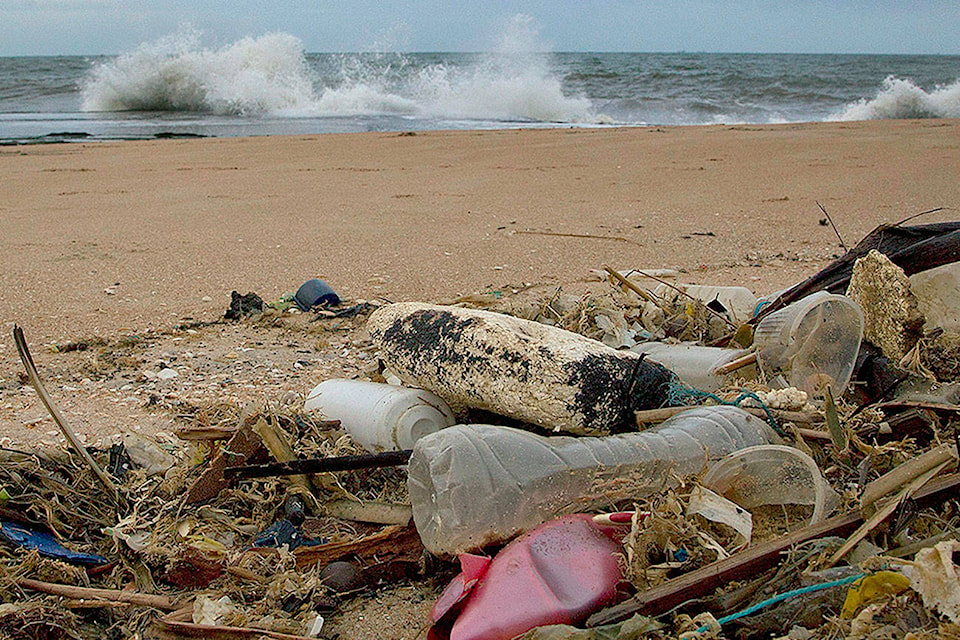That yogurt container looks harmless enough. As does that water bottle.
But they’re not.
Photos of the Earth’s oceans, marred by huge expanses of debris – mostly plastic, show where far too many pieces of plastic end up. And those are only the visible pieces. Unsightly though plastic may be against the incredible beauty of the oceans, looks are the least of its harmful effects.
Many plastics don’t biodegrade. Instead, they simply break down into smaller pieces.
Even if you don’t like oceans and never visit oceans, this is still a problem for you.
Scientists have estimated there are about two million bits of plastic per square mile in the Great Pacific Garbage Patch, which reaches from Japan to the west coast of North America and has been roughly estimated at anywhere from 700,000 to 1.5 million square kilometres. Other bodies of water, like the Indian and Atlantic oceans, along with the North and Caribbean seas, have their own garbage patches, albeit not as large.
Along with the tiny bits of plastic and bigger debris floating on or near the surface of the water, it’s thought far more garbage is on the ocean floor. The plastics floating near the surface can block sunlight from plankton and algae, which, say scientists, threaten the whole food chain.
As well, the plastic bits harm the many sea creatures who mistakenly consume them.
Here in Salmon Arm, the Columbia Shuswap Regional District is planning for expansion of the landfill. More garbage.
At the same time, however, more businesses who sell food are climbing aboard the CSRD food-composting wagon, keeping their food waste out of the landfill. This is good news.
When it comes to plastic, reduce – the first of the three Rs – makes the most sense. Reusing and recycling aren’t taking care of the runaway problem.
Plastic bags are a good example of how we humans can be trained. Most of us now carry non-plastic alternatives to the grocery store or feel a little red-faced if we forget.
The same can be done for plastic bottles and containers. There’s no need to buy plastic water bottles, for instance, when there are so many refillable options. Shoppers can stop buying items packaged in plastic or, at the very least, reduce the amount we buy. Stores can package in other ways.
The fate of the Earth is no longer something we can simply ignore. If that seems like too vague a reason, there are the sea creatures. It’s believed 90 per cent of seabirds eat plastic garbage, thinking they’re getting something nutritious.
For me, I think I’ll hang one of the many pictures available of a plastic-filled ocean on my wall, so I can think of it when I’m considering my next purchase.
